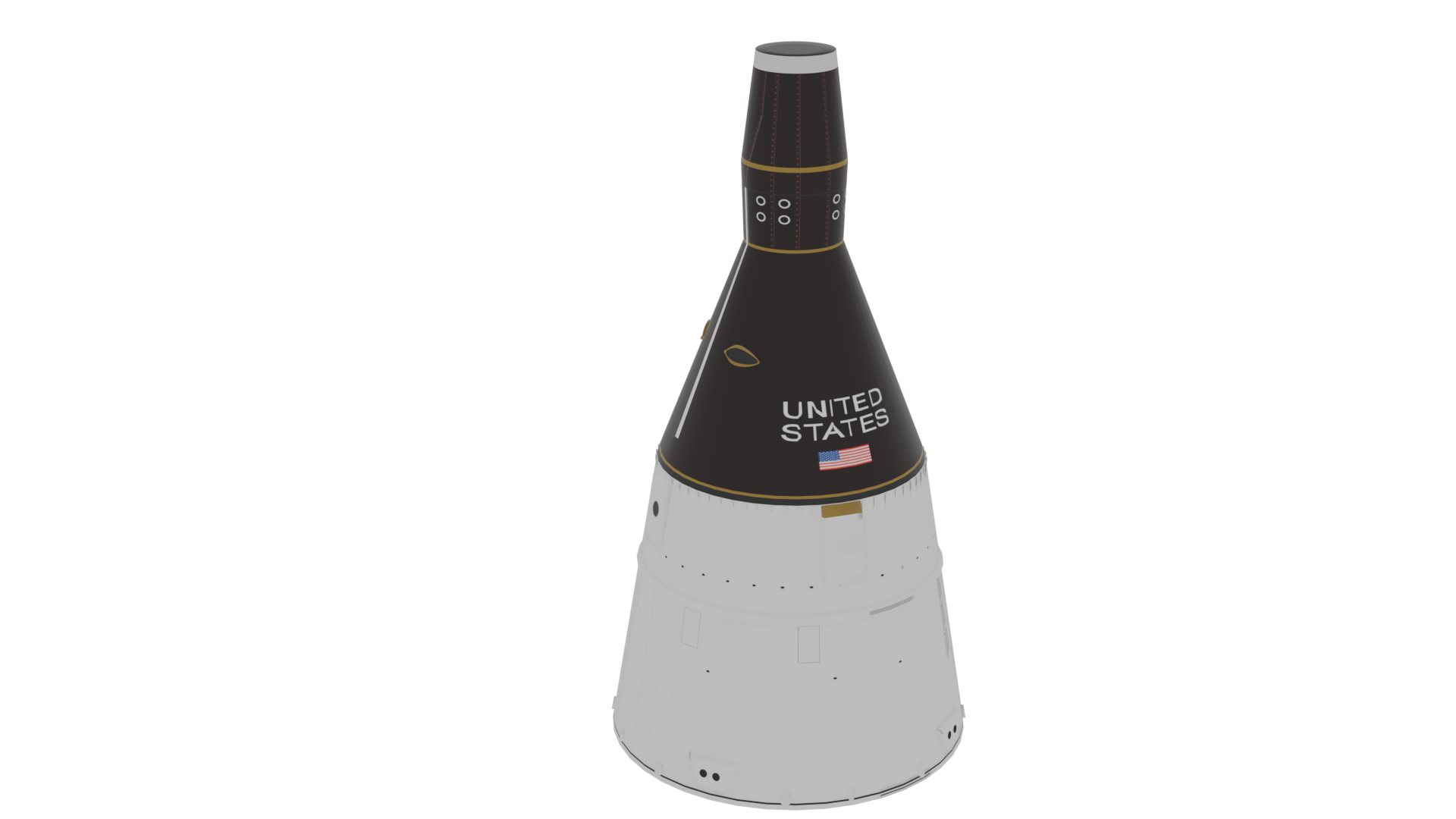The Icing Research Tunnel at NASA Glenn Research Center in Cleveland supports the development of tools and methods for simulating the growth of ice on aircraft surfaces as well as the development and certification of ice protection systems.
Facility Overview
The Icing Research Tunnel (IRT) is the longest running, icing facility in the world and has been in operation since 1944. Most ice protection technologies in use today were largely developed at this facility. In the IRT, natural icing conditions are produced to test the effects of icing conditions on aircraft components such as wings, tails, and engine inlets.
A variety of tests are performed in the IRT including fundamental studies of icing physics, icing prediction validation, and ice protection system development and certification. These tests have been used successfully to reduce flight test hours for ice detection instrumentation and ice protection systems certification.
The IRT can produce airspeeds from 50 to 325 knots and temperatures as low as -35°C year-round, controllable to within 0.5°C. Supercooled water droplets between 15 and 275 microns with water content between 0.15 and 4.0 g/m3 can be produced to form an icing cloud. The 6-foot-high, 9-foot-wide, 20-foot-long test section can accommodate many full-sized aircraft components as well as large-scale models. An 8.6-foot-diameter turntable in the test section can rotate horizontally +/-20 degrees.
Quick Facts
| Icing Research Tunnel | |
|---|---|
| Type | Closed-return, atmospheric-type wind tunnel |
| Test Section | 6 feet high by 9 feet wide by 20 feet long |
| Temperature | 5°C (total) to -35°C (static) |
| Airspeed | 50 to 325 knots |
| Water Droplets | 15 to 275 microns |
Capabilities
Test Chamber Dimensions
- Height: 6 feet
- Width: 9 feet
- Length: 20 feet
Performance and Capability
- Air speeds from 50 to 325 knots
- Temperature as low as -35°C, controllable to +/-0.5°C
- Supercooled water droplets between 15 and 270 microns
- Water content controllable between 0.15 and4.0 g/m3 can be produced to form an icing cloud 4.5 feet by 6 feet
- 8.6-foot-diameter turntable can be rotated ±20 degrees
Imaging Technology
- Video and still imaging cameras
- High-speed photography
- Standard flow visualization techniques
- Infrared thermography system
Contact
Icing Research Tunnel
Facility Manager: Dennis Eck
216-433-3071
Dennis.G.Eck@nasa.gov
Test Facility Management Branch
Acting Chief: Tony Doglio
216-433-2402
James.A.Doglio@nasa.gov
Using Our Facilities
NASA’s Glenn Research Center in Cleveland provides ground test facilities to industry, government, and academia. If you are considering testing in one of our facilities or would like further information about a specific facility or capability, please let us know.




























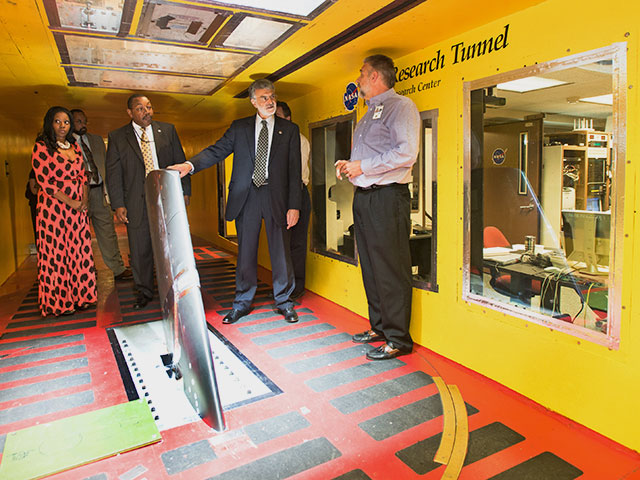
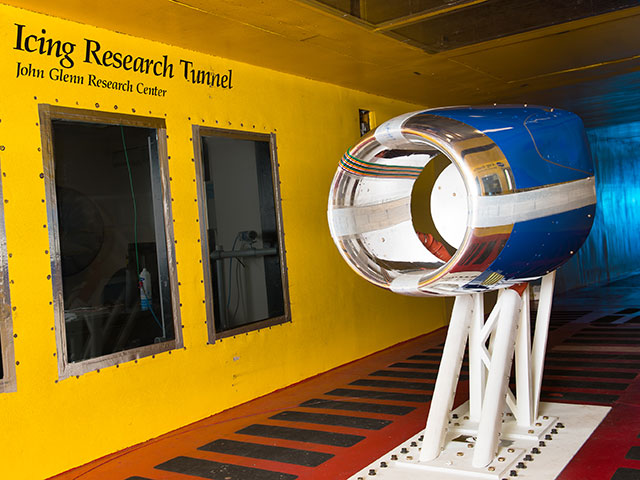
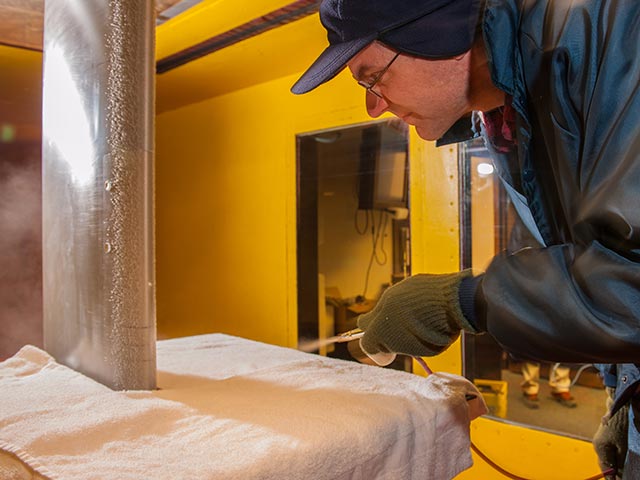
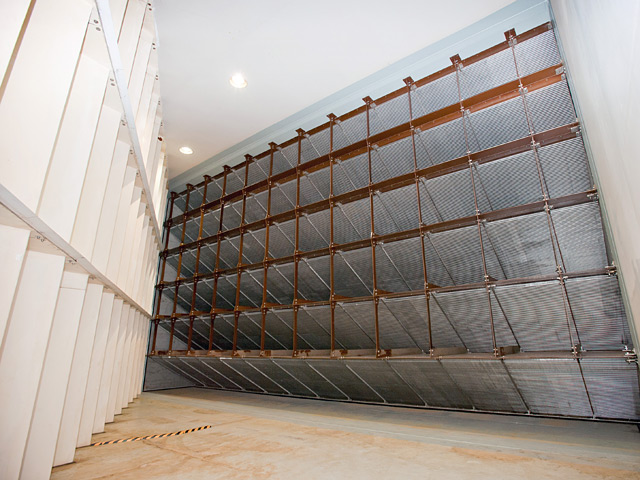
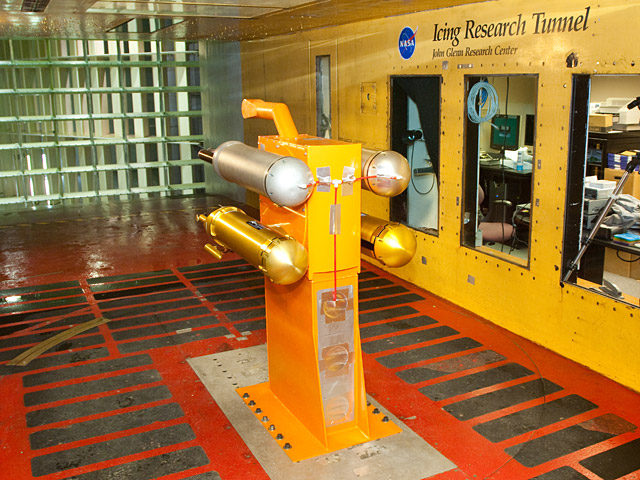

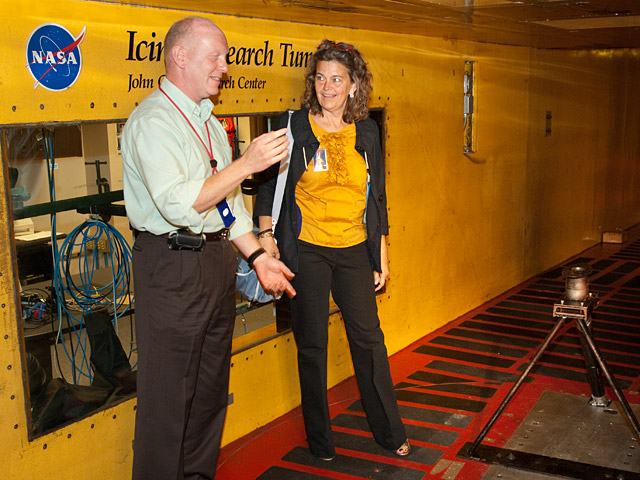
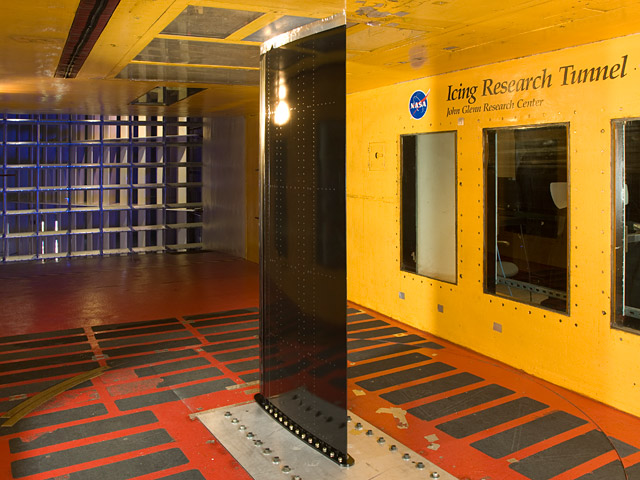

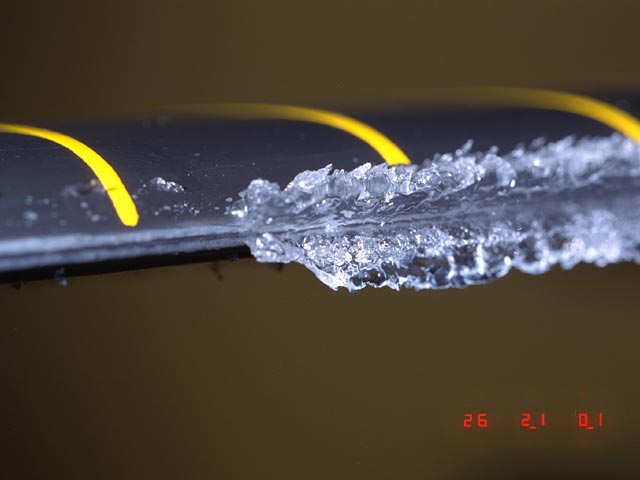
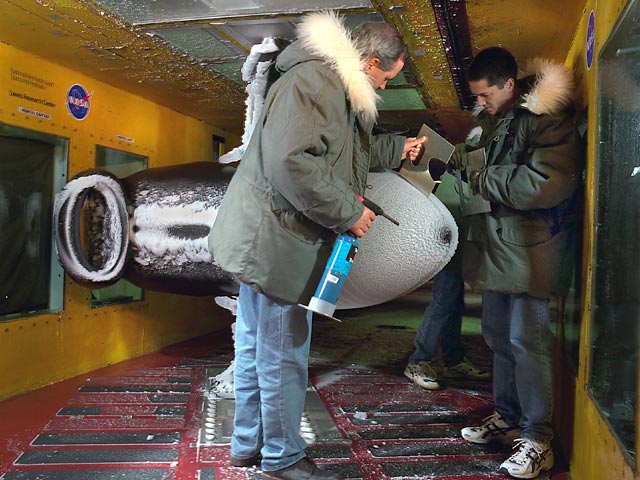
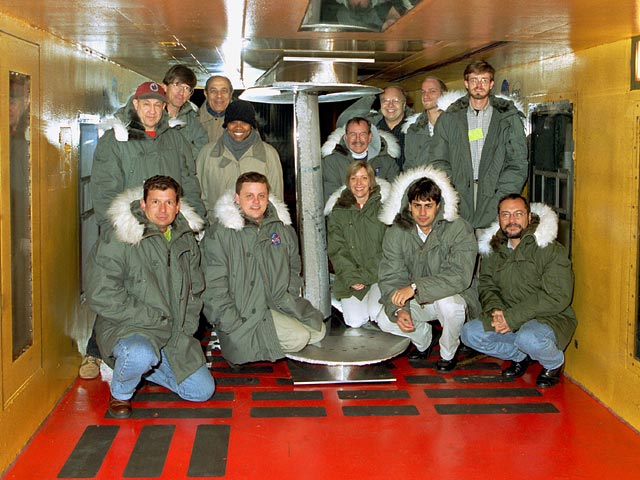
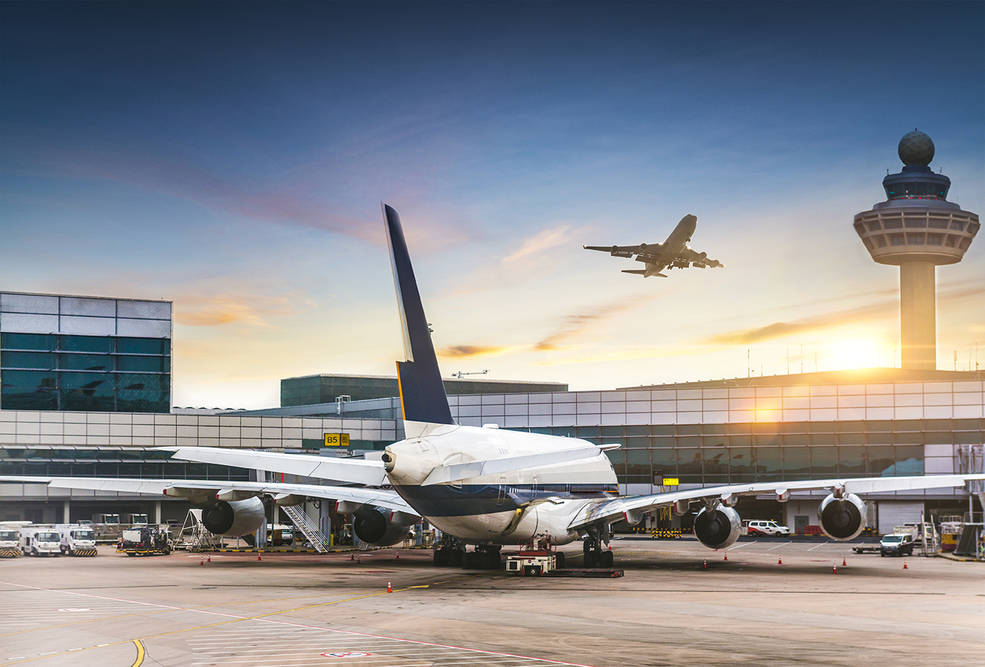
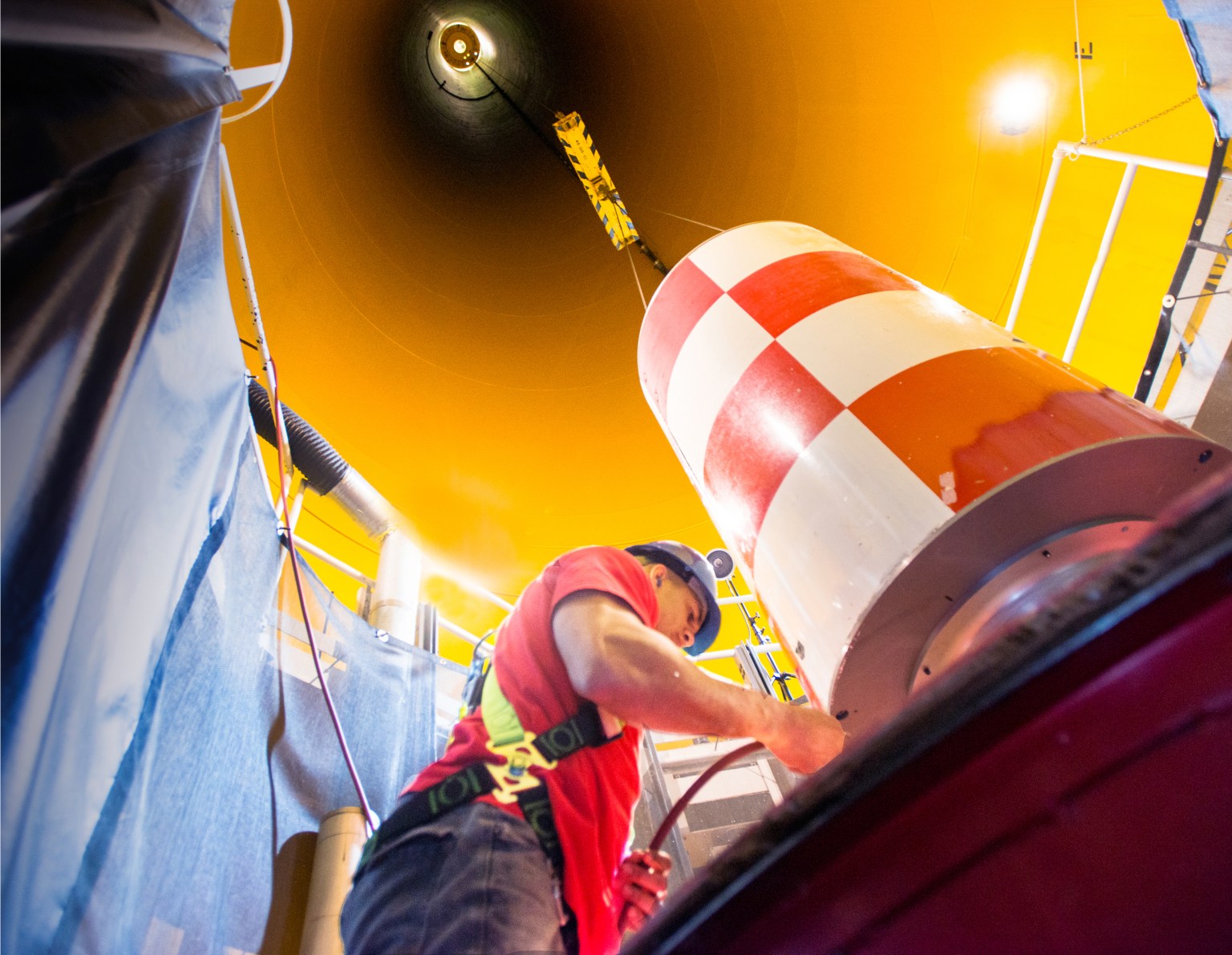
/Hubble%20Space%20Telescope%20(A).png)
